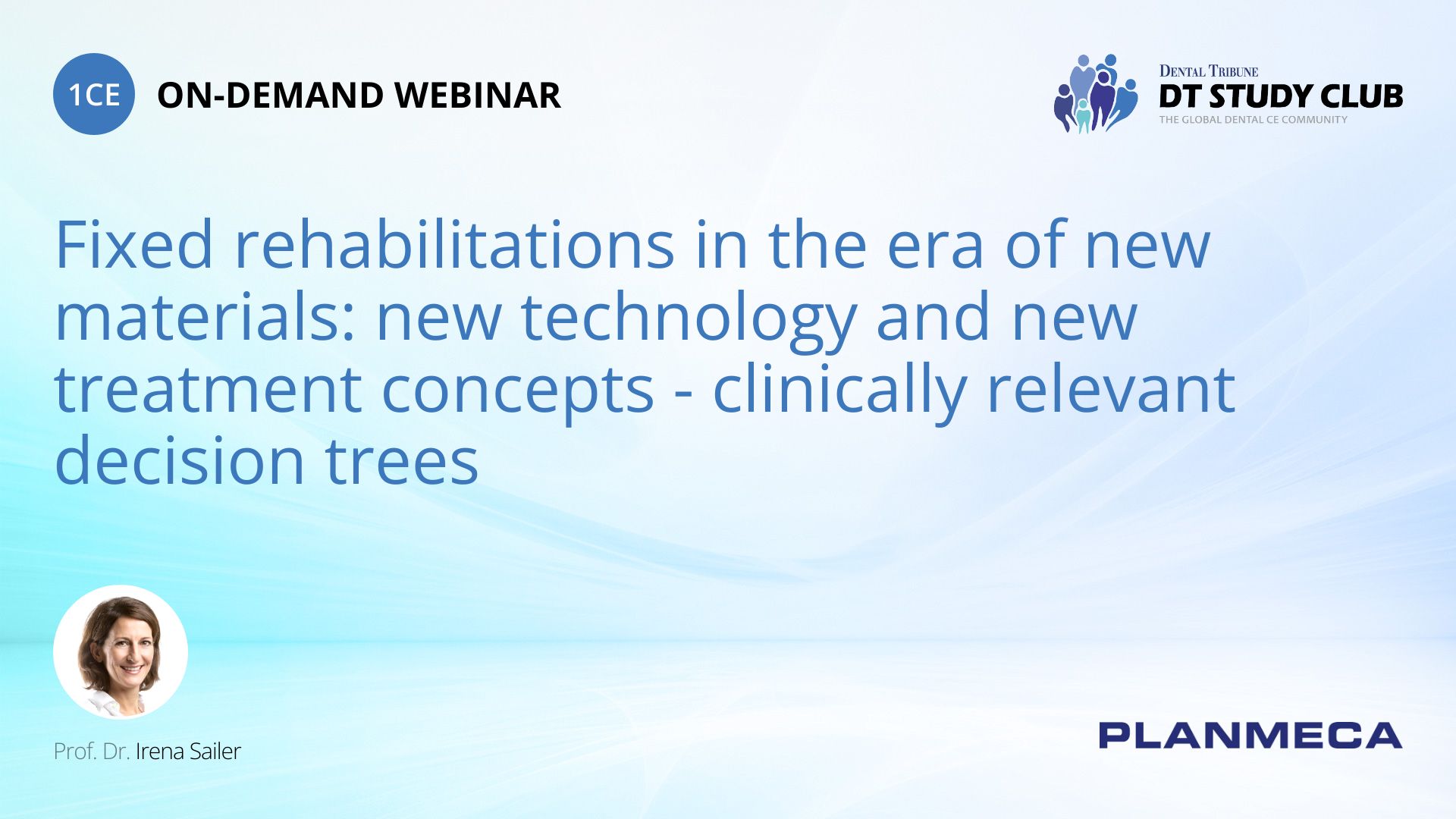Fixed rehabilitations in the era of new materials: new technology and new treatment concepts - clinically relevant decision trees
During this course, Dr. Alex Touchstone will demonstrate how to integrate various forms of digital imaging devices to engage and educate the patient.
Learn about material choice of indication, preparation and cementation and the benefits and limitations of digital dentistry.
Recently, an increasing use of ceramic materials for the fabrication of tooth- and implant-supported reconstructions can be observed. Advantages of all-ceramic materials over the traditional metal-ceramics include their tooth-resembling color and the enamel-like translucency. The main limitation of ceramics is their brittleness leading to a risk for fracture of the reconstruction during clinical service. In order to reduce this risk, ceramics with increased stability were developed. Especially the high-strength ceramic zirconia seems to have a lot of potential to be applied as an alternative to metal.
Several clinical studies, furthermore, showed promising results of zirconia-based tooth and implant reconstructions. For the processing of zirconia numerous computer-aided manufacturing procedures are available today. For these CAD/CAM fabrication procedures clinical and technical factors like the tooth preparation and the design of the abutment or framework need to be considered for good accuracy. Furthermore, clinical factors like the cementation are important for the clinical longterm success of ceramic reconstructions.
These factors will be discussed in the seminar. With the aid of these new materials, recent treatment concepts, including minimally invasive treatments, allow for comprehensive restorative patient care applying the best suitable type of restoration and material in every location.


 CE Communities
CE Communities


























 English
English



































